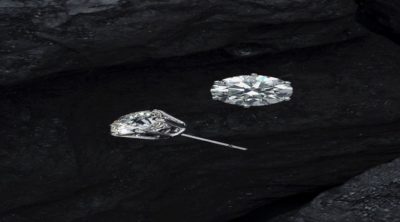Scientists first learned of Pluto’s large red whale formation in 2015. This is not a literal whale. Rather, it is a dark-hued portion of the planet that somewhat resembles a whale in shape. Science geeks far and wide theorize the Pluto’s giant red whale is the result of a massive impact, possibly the same intergalactic collision that formed planet’s gigantic moon named Charon.
An Inside Look at Pluto’s Mysterious Surface
Pluto is the largest interstellar object within the Kuiper Belt. This Belt is the ice body ring just past the orbit of Neptune. Pluto’s surface had been quite mysterious up until recent years. Astronomers were well aware of the dwarf planet’s presence yet we did not know much about Pluto until a NASA probe dubbed New Horizons ventured into its vicinity. This probe determined Pluto was highlighted by uniquely complex superficial features.
New Horizons flew by the dwarf planet in the summer of 2015, capturing pictures in high definition. Aside from the forementioned giant red whale, the New Horizons probe also revealed Pluto is characterized by:
- Jagged faults
- A subterranean ocean
- Massive ice mountains
- A nitrogen glacier shaped like a heart
The official name of the planet’s red whale is Cthulhu Regio. This superficial feature spans an incredible 1,900 miles. The whale is lined with craters, indicating it is likely several billion years old. Our top scientists insist the red whale is significantly older than the planet’s nitrogen glacier.
A Deeper Look Into Pluto’s Red Whale
Scientists have closely analyzed Pluto and its signature red whale. These space nerds insist the whale-like shape has a dark reddish hue due to the presence of tholins, meaning uber-complex hydrocarbons. A University of Tokyo professor, Yasuhito Sekine, performed several heating experiments with organic molecules such as formaldehyde likely present on Pluto after it formed in an attempt to replicate the planet’s signature red whale’s hue. Indeed, after Sekine’s heating solutions were warmed beyond 122 degrees Fahrenheit across a period of several months, the red color appeared.
Another scientist, Hidenori Genda from the Tokyo Institute of Technology, completed several computer simulations to determine the impact that formed the planet’s moon, Charon, is likely to have also formed a massive pool of warm water at the planet’s equator. This pool gradually cooled, allowing for the formation of red-colored organic substances. Such massive impacts are quite common for planets within our solar system. However, there is no explanation as to why the color variations across Pluto’s surface are so unique. Though there are several hypotheses as to why the planet’s hues are so idiosyncratic, our scientific community cannot say with complete certainty that the unique colors resulted from a specific phenomenon.
In fact, there are some scientists who do not agree with the collision scenario detailed above, insisting Pluto’s giant red whale has remained static across four billion years. The dark material in most parts of the whale appears to have thin and thick patches, some of which rest atop a comparably bright surface. It is quite possible the whale’s unique color is simply the result of the formation of dark material created when methane was processed through radiation along the planet’s surface or even in its atmosphere.
Will We Ever Fully Solve the Mystery of Pluto’s Red Whale?
We will never be completely certain of Pluto’s unique history and chemical composition until we transmit space telescopes to the planet. If we can transport such intergalactic telescopes to the planet’s vicinity for close observation or possibly even probe the planet’s surface at some point in the future, we might be able to solve the mystery of its signature red whale formation.


